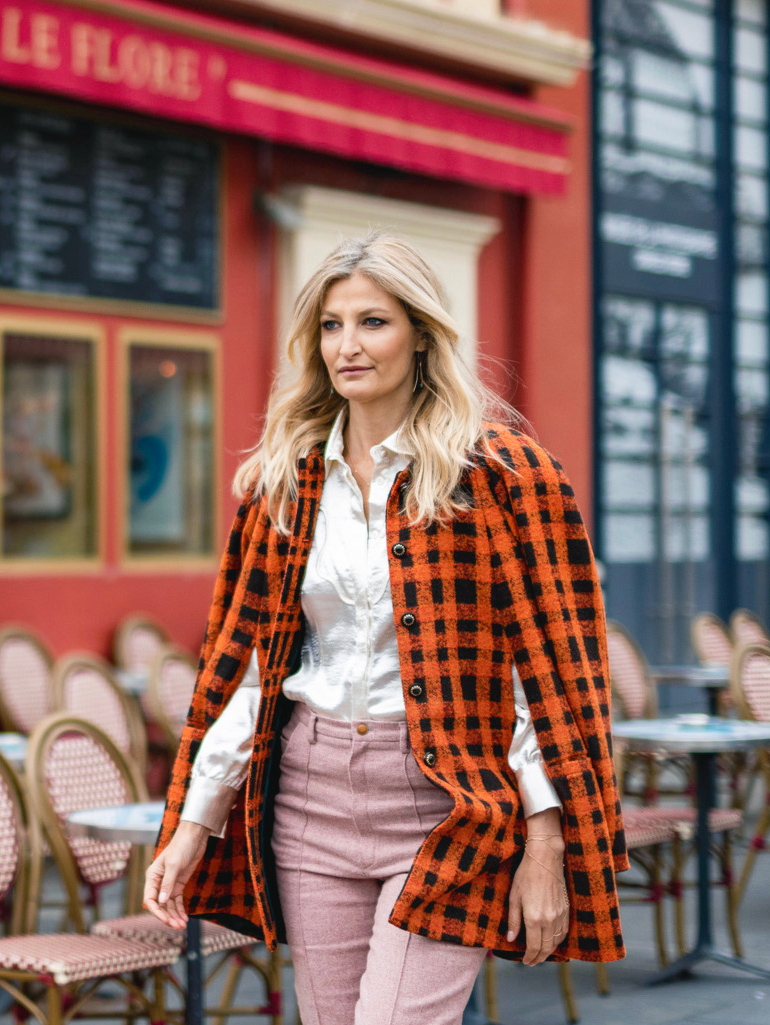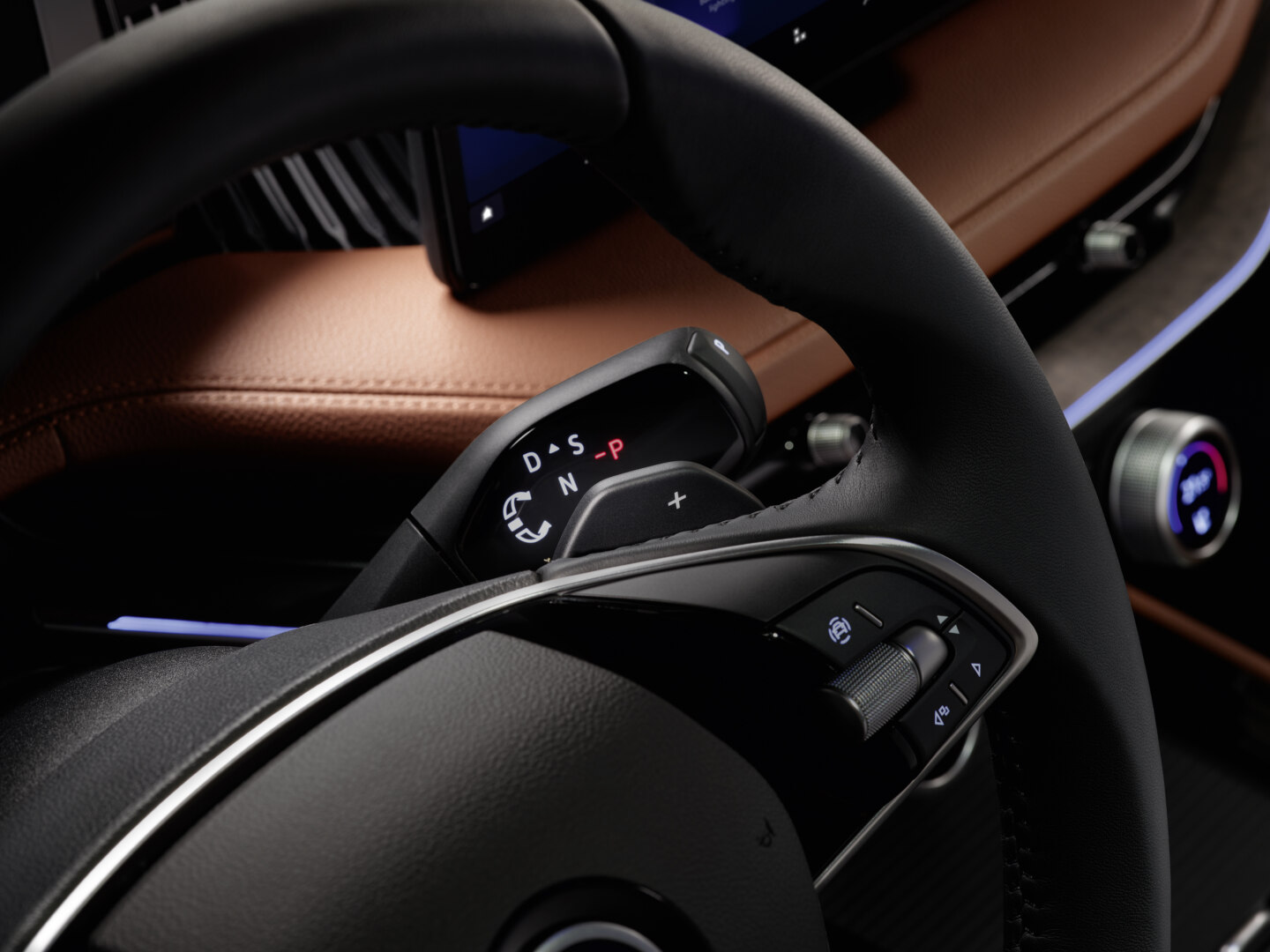Both are stars of the catwalk, where the high fashion business employs them and has brought them to fame. It sounds a little strange when you hear them talking about second-hand clothes and used fabrics. The top model Tereza Maxová visited the young designer Jiří Kalfař with us. When we sat together in the hybrid ŠKODA SUPERB iV, everything started to make sense.
Tereza Maxová fell in love with southern France where she lives with her husband and three children for several months a year. “We are surrounded by nature,” she says in the garden next to her house on the Saint-Jean-Cap-Ferrat peninsula. “We really appreciate that. We try to be sensitive to our environment, not to burden the planet unnecessarily and not to be wasteful,” adds the Czech supermodel.
Maybe you would expect to see her in a dress and stilettos, but she prefers to wear comfortable shoes instead of high heels and is wearing loose bell pants and a casual romantic blouse. Her lifestyle also changed her view of fashion. “For a long time, I have been worried about fashion being one of the greatest sinners in terms of pollution. Wasted clothing, chemical production of fabrics, microplastics, bleaching, dyeing… All this is unnecessarily burdening the planet,” she explains.
Her family sorts its waste conscientiously, uses low consumption LED lights, and tries to maximise their use of public transport or bikes when travelling. And they are looking for a sustainable way to dress. “For many years I have not worn real fur. I'm a big fan of second-hand clothing and recycling of clothes. My children often inherit their clothes from each other, and I try to buy things from organic cotton and sustainable materials,” says Tereza Maxová.

On the French Riviera she has an ideal opportunity to expand her wardrobe. The new star of the world fashion scene, designer Jiří Kalfař, has opened his pop-up temporary showroom. He was the first Czech to make his mark in the main program of the New York Fashion Week. He has succeeded in both London and Paris and leading fashion magazines are interested in his designs. His theme is sustainable fashion, for which he received the prestigious Innovation Award 2019 awarded under the auspices of Princess Charlene of Monaco. “I embraced the zero waste concept – I process yard goods so that there are no shreds and I can use everything. I use ecological, but also upcycled or vintage materials,” says the charming thirty-one-year-old.










































